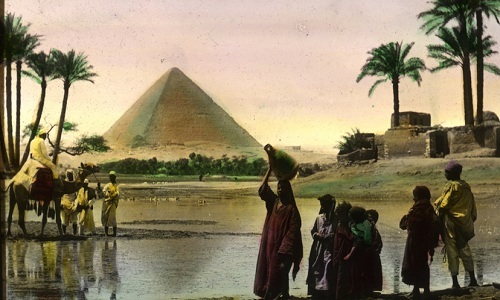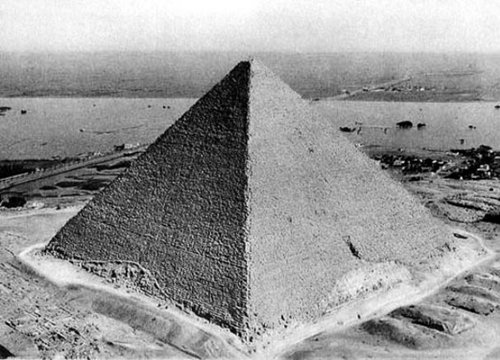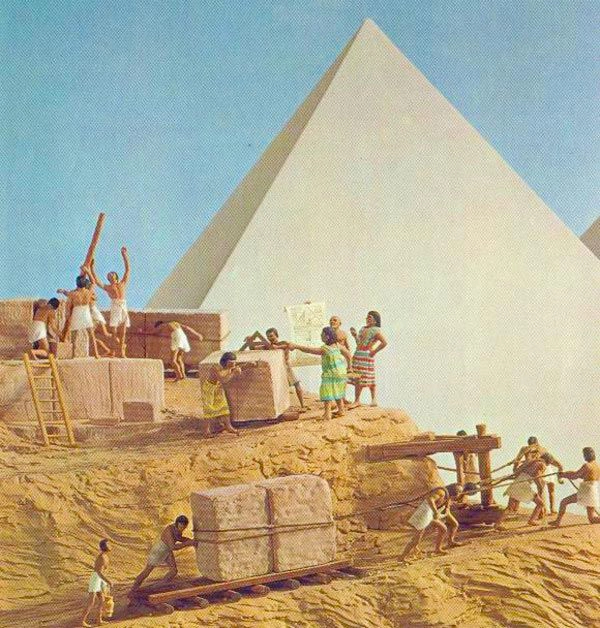The wonder of the world Giza and other pyramids around it were not built in the middle of the arid desert, new research reveals.

The stone for the pyramids has long been identified as coming from hundreds of miles on the banks of the Nile, but how the ancients transported these stones and other building materials remains a puzzle. .
According to Science Alert, new research shows that there are many boats going up and down the area where Giza reigns today, completely easily, without complications, thanks to the presence of a “ghost” river system.

Pyramids of Menkaure, Khafre and Khufu seen from the Giza Plateau – Photo: LIVE SCIENCE
The team, led by geophysicist Hader Sheisha from Aix-Marseille University in France, examined fossil pollen grains from sediment cores around the Giza pyramids.
This interesting botanical evidence can help reconstruct the climate of the area when Giza was built, as well as the landscape of vegetation.
The result is a landscape that looks very different from the vast desert that Giza and its surrounding pyramids inhabit today. This ancient pollen comes from grass-like swamp plants that grow near the edges of lakes.
This means that the ancient Khufu tributary of the Nile runs through the Giza area, which scientists have long suspected was very large around 8,000 years ago. In Giza’s time, the tributary was still large enough to maintain a rich river delta with verdant vegetation and convenient waterways for transporting pyramid materials.
After the reign of pharaoh Tutankhamun (c. 1349-1338 BC), the Khufu branch declined rapidly until reaching its lowest point towards the end of the dynasty.

This is consistent with what the Egyptian mummies before and after that time show. The people who lived at the time when Khufu started disappearing shows that they lived in an arid environment.

The study has just been published in the scientific journal PNAS.
Source: dantri.com.vn








